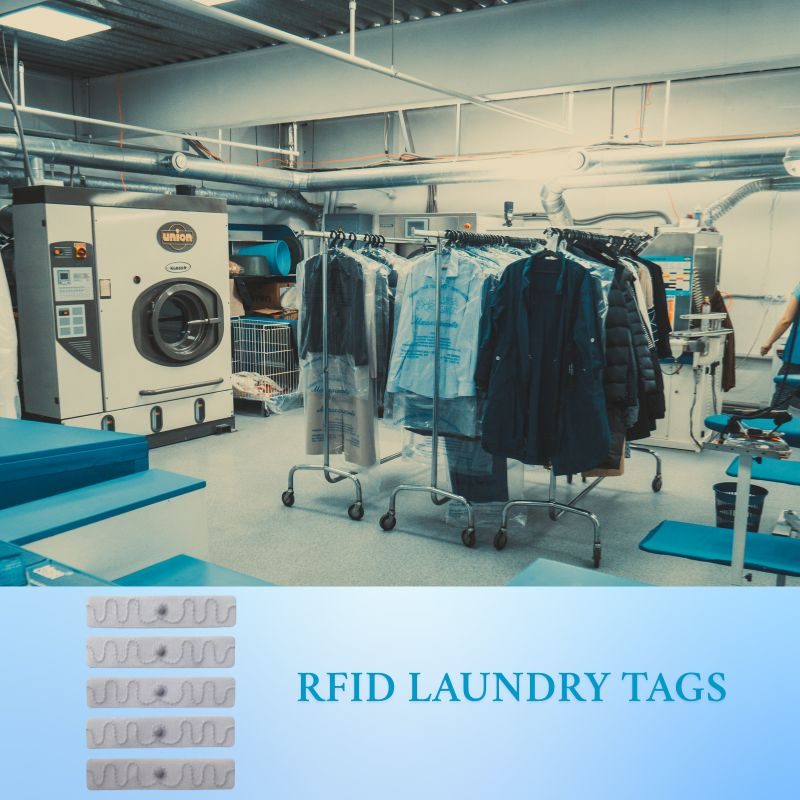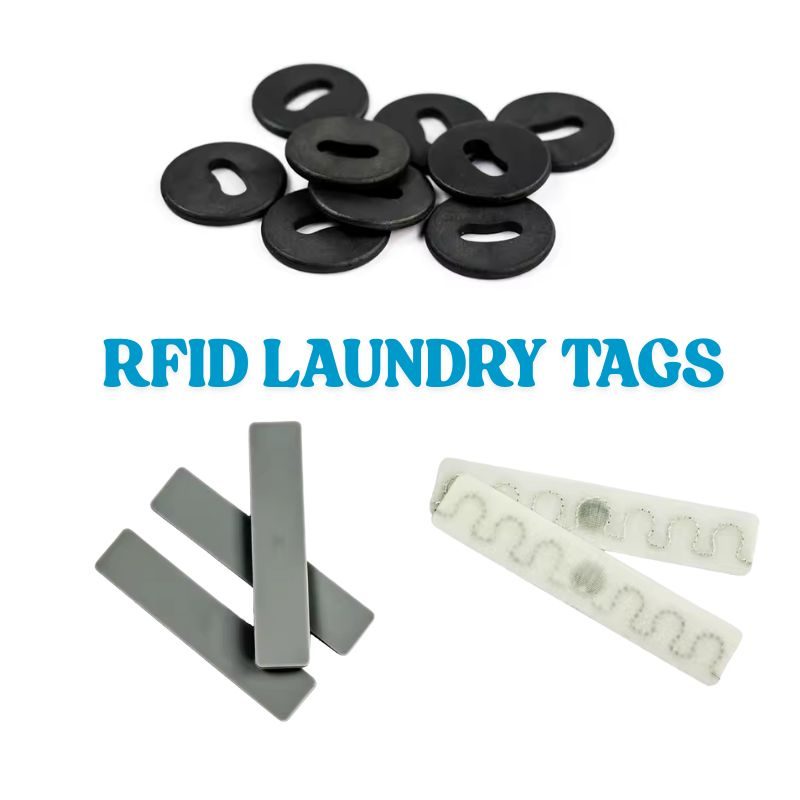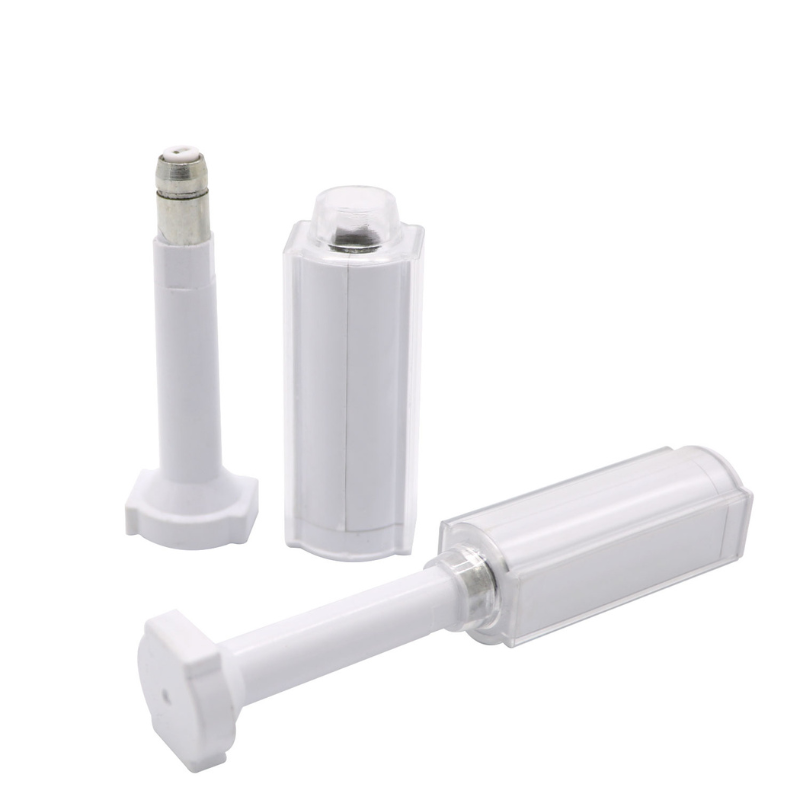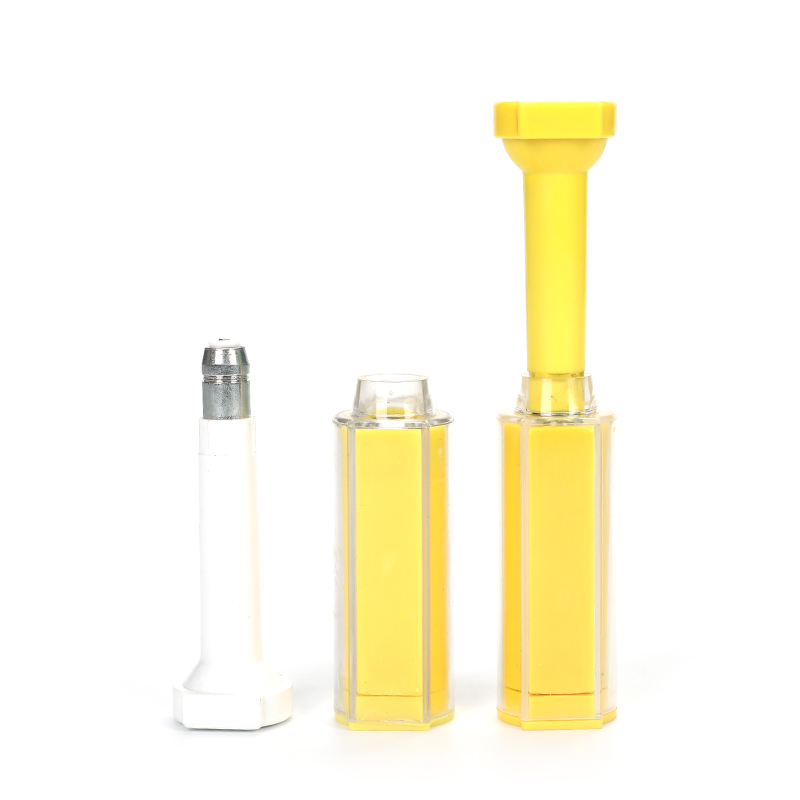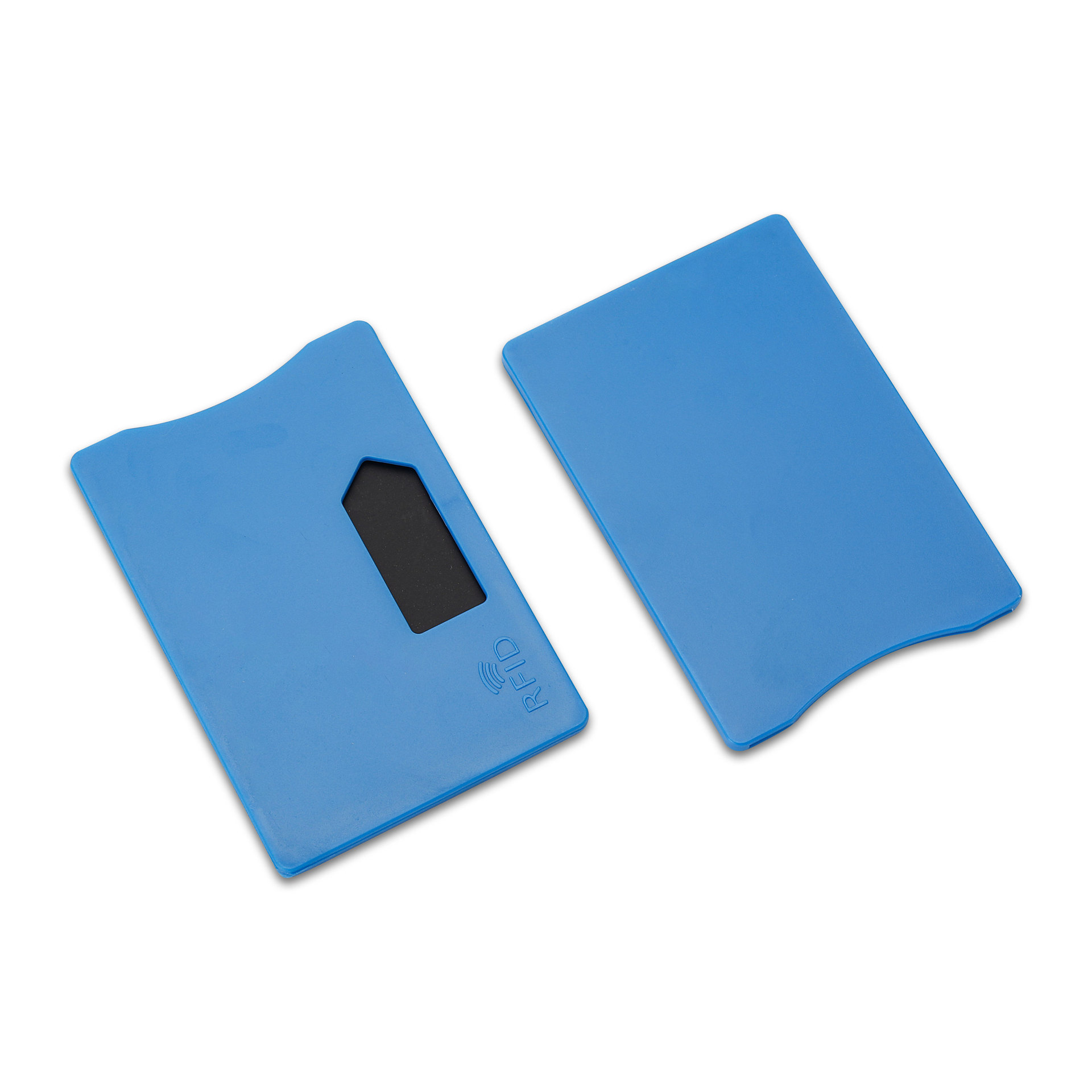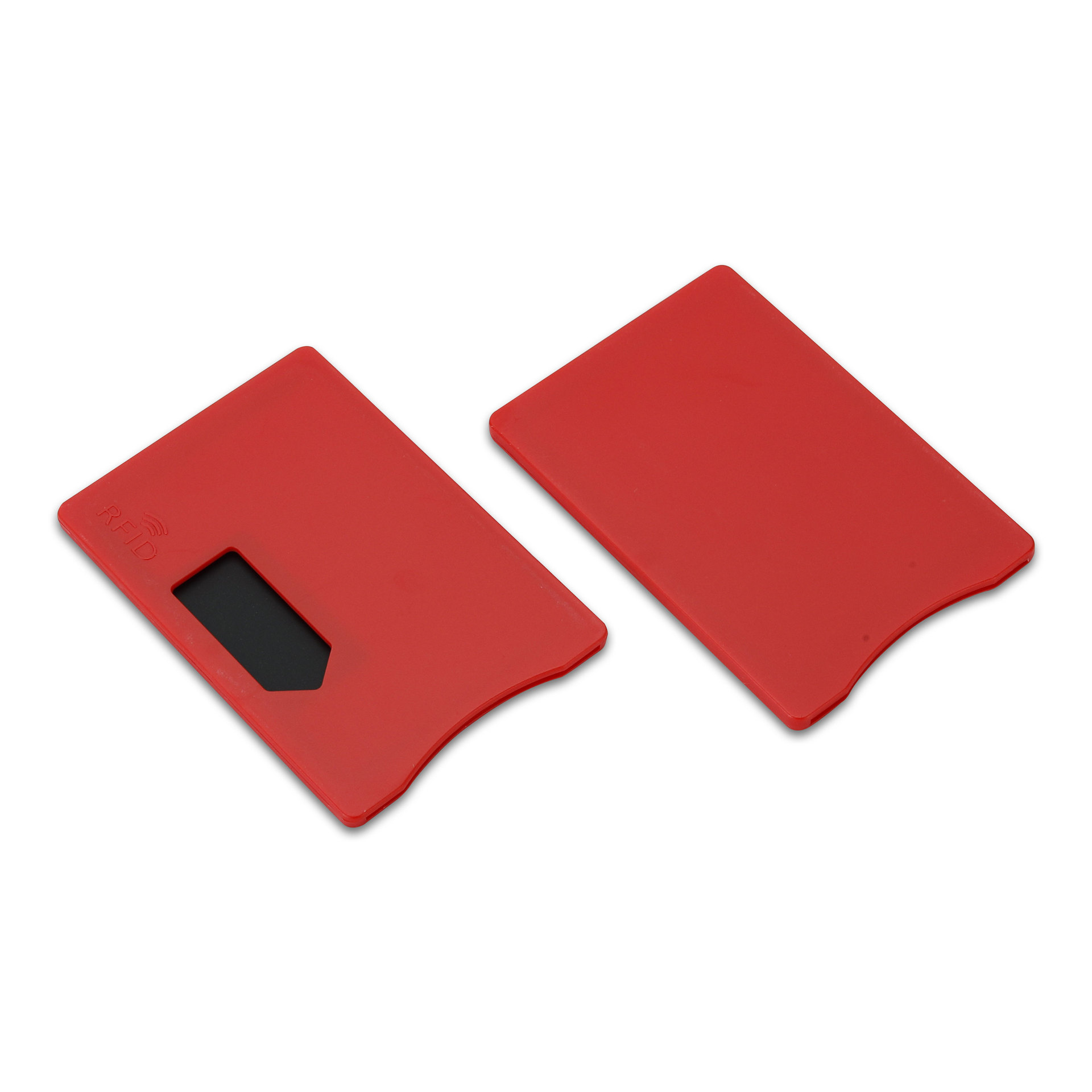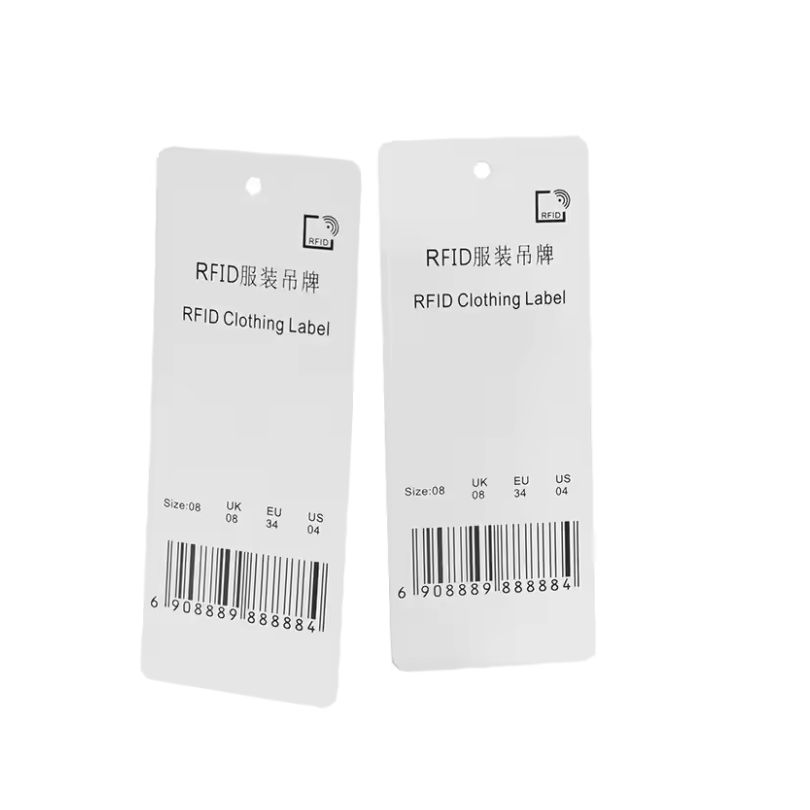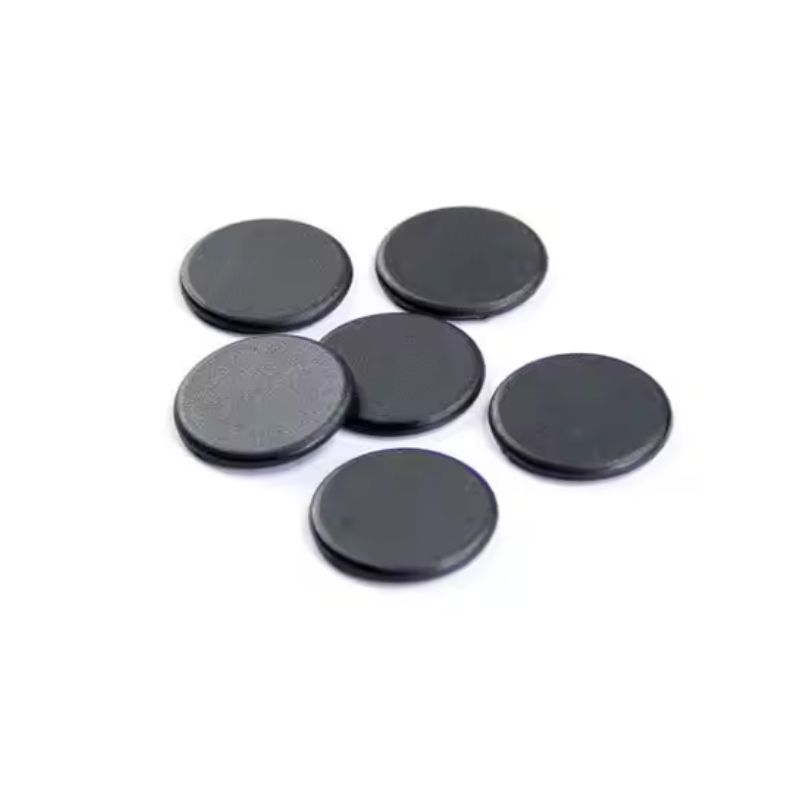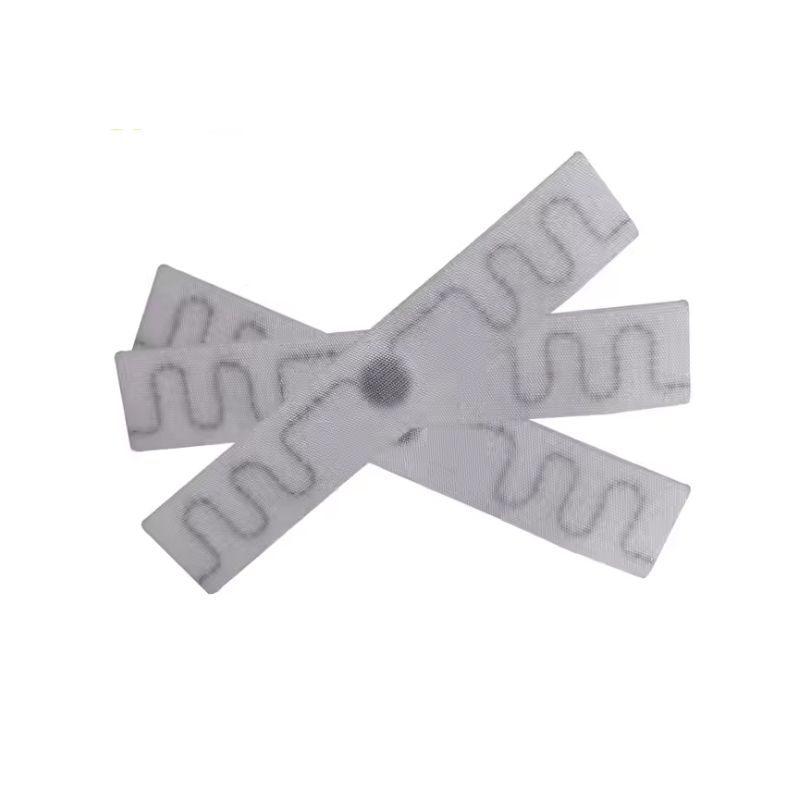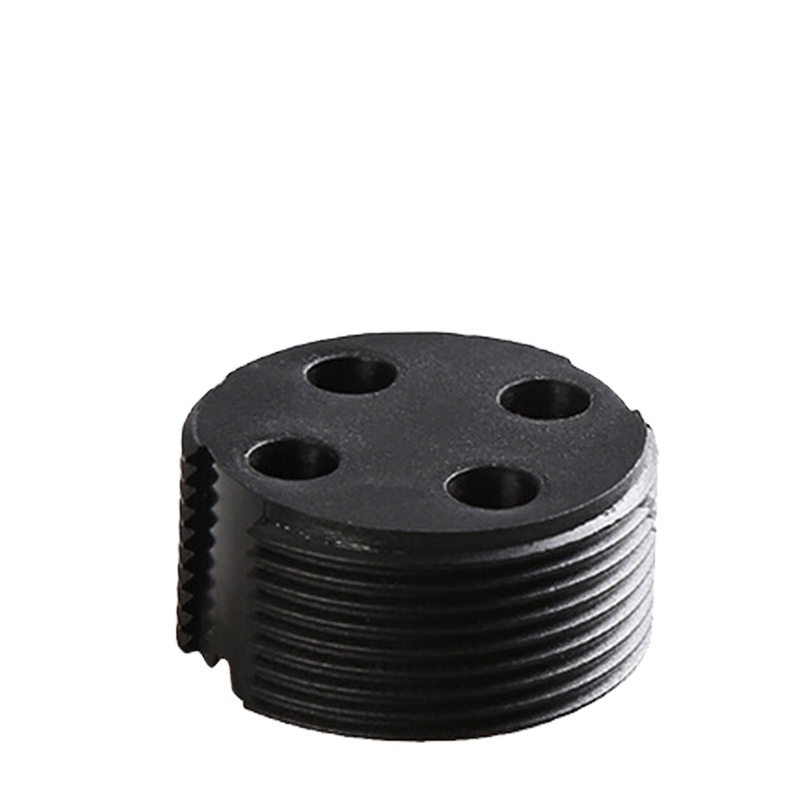
כיצד להשתמש בתגי כביסה RFID: המדריך המלא להתקנה, יישומים ויתרונות
- ג'ו, ריי
- 01/04/2025
תוֹכֶן הָעִניָנִים
מָבוֹא
תגיות קטנות אך עוצמתיות אלה מסייעות לעקוב אחר מיקום כל פריט, היסטוריית השימוש בו ומחזור הניקוי שלו ללא מאמץ ידני. התגיות בנויות לעמוד ביותר מ-200 מחזורי כביסה וייבוש תעשייתיים., תגי כביסה RFID הם עמידים למים, לחום ולכימיקלים. הם אידיאליים לניהול כמויות גדולות של טקסטיל, למניעת גניבות ולהבטחת יעילות תפעולית.
במאמר זה נסקור את הנושאים הבאים:
- כיצד להתקין תגי כביסה RFID (באמצעות ארבע שיטות שונות).
- התעשיות העיקריות המשתמשות בתגי כביסה RFID והיתרונות הניתנים למדידה.
- כיצד לקרוא תגי כביסה RFID באמצעות מערכות קבועות וניידות.
- טיפים מעשיים למקסום החזר ההשקעה ממעקב RFID בכביסה.
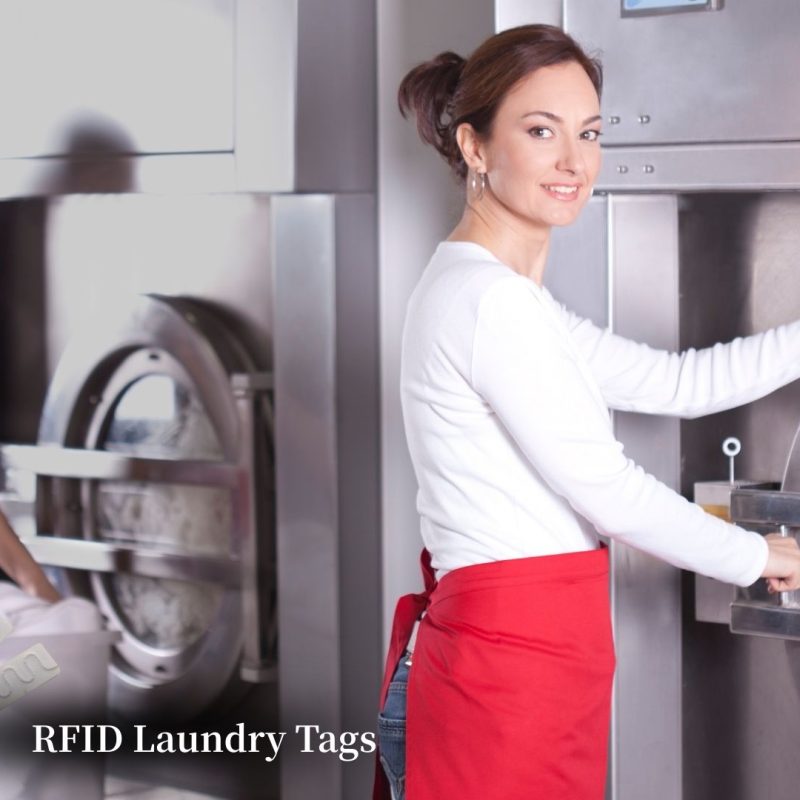
כיצד לחבר תגי RFID לכביסה
התקנה נכונה היא חיונית לביצועים ועמידות. בהתאם לסוג הבד, ערך הפריט וצרכי התפעול, ניתן לבחור מבין מספר שיטות התקנה מוכחות.
1. שיטת איטום בחום
בבגדים שבהם תפירה אינה מעשית, התקנה באמצעות איטום בחום מציעה פתרון מהיר ועמיד בפני חבלה.
- תַהֲלִיך: השתמש במכבש חום כדי להדביק תגית RFID לכביסה הניתנת לאיטום בחום לבד.
- יתרונות: הדבקה חזקה, חיבור עמיד למים, וללא נזק לבד מהמחט.
- מתאים ביותר ל: מגבות, בגדי עבודה ופריטי כביסה בנפח גדול.
- טיפ למקצוענים: בחר תוויות איטום בחום עם דבקים שנבדקו לכביסה תעשייתית.
צפו בסרטון שלנו על תהליך איטום בחום:
2. שיטת התקנה בתפירה
זוהי הדרך הנפוצה והאמינה ביותר להדביק תוויות RFID מבד לכביסה.
- תַהֲלִיך: תפור את התווית לתוך השוליים, התפר או אזור התווית של הבגד.
- חומרים: תגיות טקסטיל עשויות מפוליאסטר או PPS באיכות גבוהה, בסגנון כפתור.
- יתרונות: שילוב דיסקרטי וחיבור בטוח העמיד בפני כביסות תכופות.
- הערה: הימנע מתפירה דרך האנטנה או השבב כדי למנוע נזק.
דוגמה: בתי מלון שתופרים תוויות לתוך ציפות לכריות ושמיכות פוך לצורך מעקב בלתי נראה.
3. שיטת הכיס
כאשר לא ניתן לתפור ישירות לתווית, שיטת הכיס היא בחירה חכמה.
- תַהֲלִיך: הכניסו את תג ה-RFID לתוך נרתיק בד קטן ומגן, ואז תפרו את הנרתיק בתוך הבגד.
- יתרונות: מגן על התג מפני שחיקה ומסתיר אותו מהעין.
- מתאים ביותר ל: מדים רב-שכביים, בדים עדינים או פריטים שבהם המיתוג חשוב.
📌 דוגמה: בתי חולים המסתתרים תגי RFID PPS בתוך בטנת חלוקי החולים.
4. שיטת תלייה
אידיאלי לתיוג זמני או לפריטים שאינם מתאימים לחום או לתפירה.
- תַהֲלִיך: חבר את התג באמצעות לולאה, חוט או חור לולאה.
- יתרונות: הסרה קלה, שימוש גמיש לבגדים להשכרה.
- מתאים ביותר ל: תלבושות תיאטרון, מפות לאירועים מיוחדים או מלאי מתחלף.
יישומים עיקריים של תגי RFID לכביסה
תגי כביסה RFID הם רב-תכליתיים וניתן ליישמם במגוון רחב של תחומים.
1. אירוח
- עקוב אחר מצעים, מגבות ומדים.
- מנע גניבות על ידי זיהוי פריטים העוזבים את המקום.
- אוטומציה של ספירת הכביסה כדי להפחית את עלויות העבודה.
2. שירותי בריאות
- שמירה על סטנדרטים היגייניים עבור חלוקים בית חולים, יריעות ניתוח וסדינים.
- ודא עמידה בפרוטוקולי הניקוי.
- צמצום הפסדים במלאי מצעים עם מחזור גבוה.
3. השכרת בגדים לאירועים
- עקבו אחר מחזור החיים של בגדים להשכרה בעלי ערך גבוה.
- הפחתת הפסדים מפריטים שלא הוחזרו.
- עקוב אחר מחזורי הניקוי היבש והתחזוקה.
4. ניהול אחיד
- הקצו מדים לעובדים לצורך אחריות.
- עקבו אחר בלאי כדי להחליף את המוצר בזמן.
- שפר את יעילות ההפצה.
5. בקרת גישה ואבטחה
- השתמש במדים מתויגים כמנגנון בקרת גישה.
- שלבו מעקב אחר בגדים עם רישום כניסות.
כיצד לבחור את תווית הכביסה RFID הנכונה
קריאת נתונים מתגיות כביסה RFID היא פשוטה, והגדרת הקורא הנכונה תלויה בתהליך העבודה שלכם.
1. קוראי RFID קבועים
- מותקן בכניסות, ביציאות או באזורי המיון של מכבסות.
- מזהה אוטומטית בגדים בכמויות גדולות ללא סריקה ידנית.
- אידיאלי למתקני כביסה בעלי נפח גבוה.
2. קוראי RFID ניידים כף יד
- מכשירים ניידים לסריקת בגדים באופן פרטני או בקבוצות קטנות.
- מושלם עבור בתי מלון, בתי חולים ובדיקות באתר.
- יכול לאתר במהירות בגדים שאבדו.
📌 דוגמה: בחדר הכביסה של בית חולים משתמשים בקוראים קבועים לצורך רישום בכמות גדולה, בעוד שקוראים ניידים מסייעים באיתור חלוקים כירורגיים שאבדו.
כיצד לבחור את תווית הכביסה RFID הנכונה
- זהה את היישום שלך – בתי מלון, בתי חולים, השכרת מדים או מכבסות תעשייתיות.
- שקול את חומר התג – טקסטיל, כפתור PPS, סיליקון וכו', בהתאם לתנאי הכביסה.
- בחר את שיטת ההרכבה – תפור, אטום בחום, ארוז בתוך כיס או תלוי.
- בדוק את סוג השבב והזיכרון – EPC Gen2, ISO 18000-6C, או דגמי שבבים ספציפיים.
- הערכת עמידות – מספר מחזורי הכביסה, עמידות בטמפרטורה ועמידות בכימיקלים.
- גודל וצורה – התאם את גודל התווית לסוג הבגד מבלי לפגוע בנוחות.
- דרישות טווח קריאה – שקול עד כמה רחוק קורא ה-RFID שלך צריך לזהות את התג.
- עלות לעומת ערך לכל אורך החיים – איזון בין העלות הראשונית לבין אורך החיים הצפוי.
היתרונות בשימוש בתגי RFID לכביסה
בנייה עמידה: תגי הכביסה RFID שלנו מיוצרים מחומרים עמידים כגון PPS, סיליקון וטקסטיל, והם מתוכננים לעמוד ביותר מ-200 מחזורי כביסה תעשייתיים. הם עמידים בטמפרטורות גבוהות, בחומרי ניקוי חזקים ובמאמץ מכני חוזר ונשנה, מבלי לאבד מביצועיהם.
ניתן להתאמה אישית: אנו מציעים התאמה אישית מלאה, כולל הדפסת לוגו, קידוד שבבים ואפשרויות גודל שונות המתאימות למותג ולצרכים התפעוליים שלכם. כך מובטח שהתגים שלכם יהיו פונקציונליים ויעלו בקנה אחד עם זהות החברה שלכם.
אפשרויות תדירות: בחר בין תדרי UHF, HF או NFC כדי להבטיח תאימות עם מערכת ה-RFID הקיימת שלך. גמישות זו מאפשרת לך לייעל את טווח הקריאה, המהירות וקיבולת הנתונים עבור היישום הספציפי שלך.
תאימות גלובלית: התגים שלנו מיוצרים בהתאם לתקני ISO/IEC RFID המחמירים, מה שמבטיח אמינות ותאימות בין מערכות שונות ברחבי העולם. לכן הם מהווים בחירה אמינה עבור לקוחות הפועלים באזורים שונים.
משלוח מהיר: בעזרת רשת לוגיסטית חזקה, אנו שולחים תגי כביסה RFID ליותר מ-100 מדינות במהירות וביעילות. תוכלו לסמוך על לוחות הזמנים שלנו כדי להבטיח שהפעילות שלכם תתנהל בצורה חלקה וללא עיכובים.
שאלות נפוצות אודות תגי RFID לכביסה
כיצד פועלים תגי RFID במערכת כביסה?
סורקים קוראים תגיות בנקודות מפתח בתהליך העבודה — כמו תחנות שטיפה או אזורי מסירה — ומעדכנים באופן מיידי את מערכת המלאי שלכם.
האם תגי RFID באמת יכולים לשרוד 200 כביסות?
כן. תגי RFID ברמה תעשייתית, כגון PPS ודגמי סיליקון, נבדקים במחזורי טמפרטורה ולחץ גבוהים.
האם תגי RFID לכביסה משפיעים על נוחות הבגדים?
לא ממש. רוב תגי ה-RFID, במיוחד אלה העשויים מפוליאסטר וסיליקון, הם רכים, קלים ומשולבים בתפרים, כך שהם אינם פוגעים בנוחות.
מה קורה אם תגית נפגמת או מפסיקה לעבוד?
התוכנה תסמן את הפריט כבלתי קריא. ניתן להחליף את התגית ולהקצות אותה מחדש לפריט במערכת. בדיקות סדירות עוזרות לאתר בעיות מסוג זה בשלב מוקדם.
האם תגי כביסה RFID בטוחים לשימוש בבתי חולים או בסביבות רפואיות?
כן. תגי RFID רבים מוכנים לעיקור ומותאמים לעמוד בטמפרטורות גבוהות ובחומרים כימיים המשמשים בתהליכי כביסה רפואיים.
האם ניתן להשתמש שוב בתגי RFID אם מחליפים את המצעים?
ברוב המקרים, לא. התוויות נתפרות או מודבקות לבד והן אמורות להישאר על הפריט לאורך כל חייו. בהתאם ליישום, חלק מהתוויות ניתנות להסרה.
מחשבות אחרונות על תגי RFID לכביסה
תגי RFID אינם רק שדרוג טכנולוגי — הם מהווים שינוי באופן שבו אתם מנהלים את הכביסה. בזכות מעקב טוב יותר, טיפול מהיר יותר במלאי ונתונים התומכים בהחלטות, אתם לא רק חוסכים זמן — אתם משפרים את איכות השירות.
בין אם אתם מנהלים מכבסה קטנה או אחראים על ניהול טקסטיל בבית חולים, טכנולוגיית RFID מעניקה לכם יותר שליטה, יותר תובנות ופחות טרחה.
התחל עם כמה תגיות, בדוק אותן בהגדרה הנוכחית שלך, ומשם תמשיך לצמוח. הטכנולוגיה כבר כאן, מוכנה לעזור לך לעבוד בצורה חכמה יותר.
בקש הצעת מחיר או דוגמה חינם
אם אתם מוכנים לקחת את השליטה על פעולות הכביסה שלכם, עכשיו זה הזמן.
📩 צרו איתנו קשר לקבלת דוגמה או הצעת מחיר חינם
📱 או שלחו לנו הודעה בווטסאפ: +86 138 2318 6864

ריי ג'ואו
מאמר זה נכתב על ידי ריי ז'ו, מומחה לטכנולוגיית RFID עם יותר מ-10 שנות ניסיון בתחום.
הערות
מוצרים לוהטים

מהו ניהול פסולת באמצעות RFID
דמיינו עיר שבה כל פח אשפה מדבר — לא במובן המילולי — אלא באמצעות שבב זעיר שמודיע למערכת מתי הוא מלא, מתי הוא מרוקן ולאן הוא נלקח. זה מה שעושה כיום ניהול פסולת באמצעות RFID.
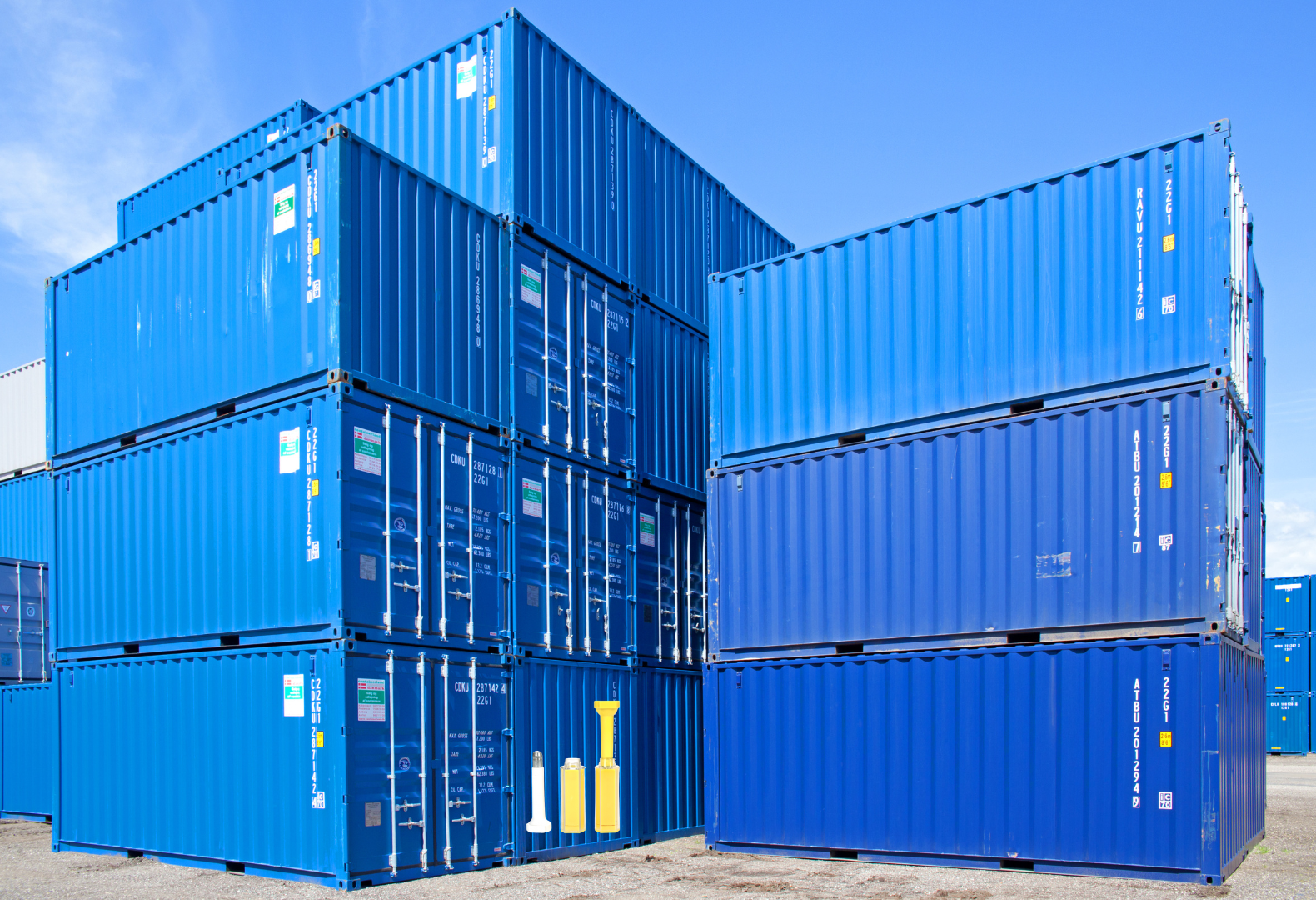
מהם אטמי בורג ומהן היישומים שלהם? | המדריך המלא
בסחר ולוגיסטיקה גלובליים, אטמי בורג ממלאים תפקיד מכריע בהבטחת אבטחת המטען ותאימותו. מכשירים קטנים אך עוצמתיים אלה נועדו לנעול מכולות משלוח, נגררים ודלתות מטען באמצעות מנגנון המונע חבלה.
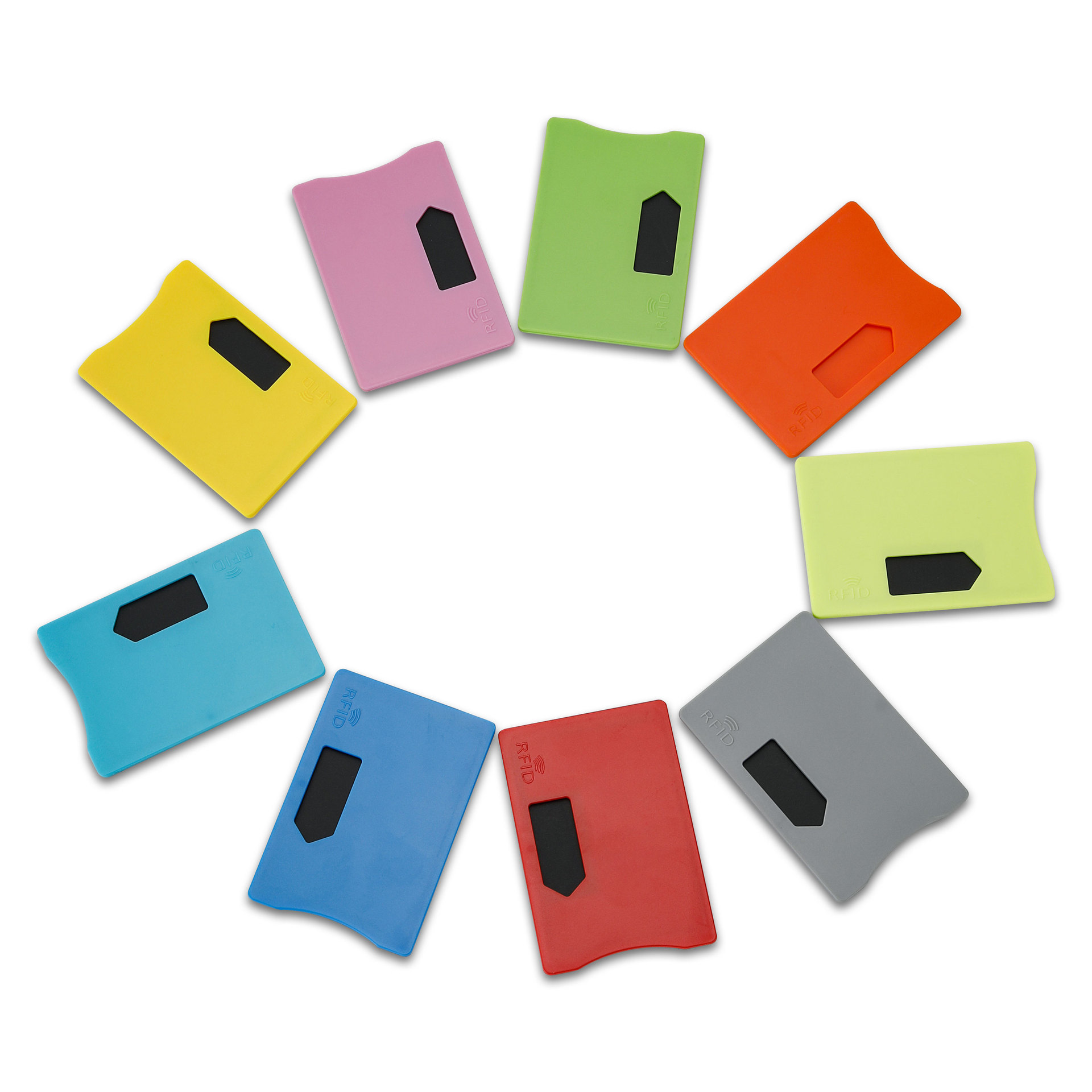
מהו מגן כרטיס RFID? יתרונות, דוגמאות לשימוש ומדריך לקנייה
טכנולוגיית RFID (זיהוי בתדר רדיו) נמצאת בכל מקום: בכרטיסי האשראי, בתגי זיהוי, בכרטיסי נסיעה, במפתחות לחדרי מלון ועוד. היא מציעה מהירות ונוחות, אך היא גם פותחת את הדלת לסוג חדש של גניבה דיגיטלית המכונה “סקים”. כאן נכנס לתמונה מגן כרטיסי RFID.

צמידי RFID לאירועים: מדריך לרכישה בכמויות גדולות למארגנים
צמידי RFID לאירועים הופכים לפתרון המועדף על מארגנים הזקוקים לכניסה מהירה יותר, למניעת הונאות ולתשלומים ללא מזומן בקונצרטים, בפסטיבלים ובאצטדיוני ספורט. בניגוד לכרטיסים מנייר או לקודי QR, צמידים חכמים אלה משתמשים בשבבים מוטמעים כדי לייעל את הגישה, לאבטח את העסקאות ולשפר את חוויית האורחים.
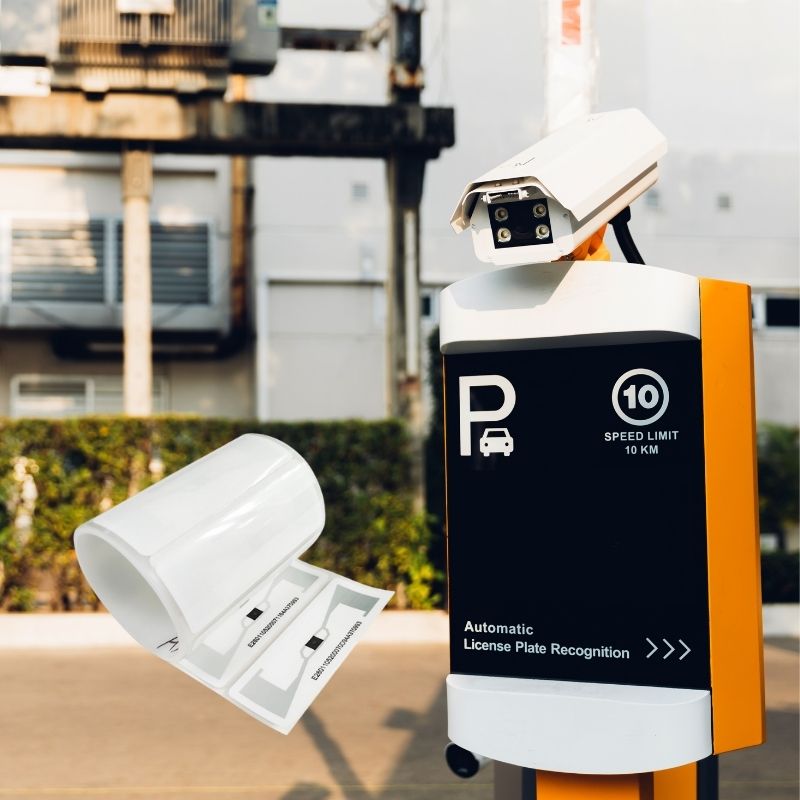
כיצד תג RFID על השמשה הקדמית משפר את בקרת הגישה לרכב ומערכות האגרה
בעולם המהיר של ימינו, זיהוי כלי רכב צריך להיות מהיר, מאובטח וללא מגע. תג RFID על השמשה הקדמית מספק בדיוק את זה — דרך אמינה לנהל גביית אגרה, חניה וגישה לשערים מבלי לעצור את כלי הרכב.
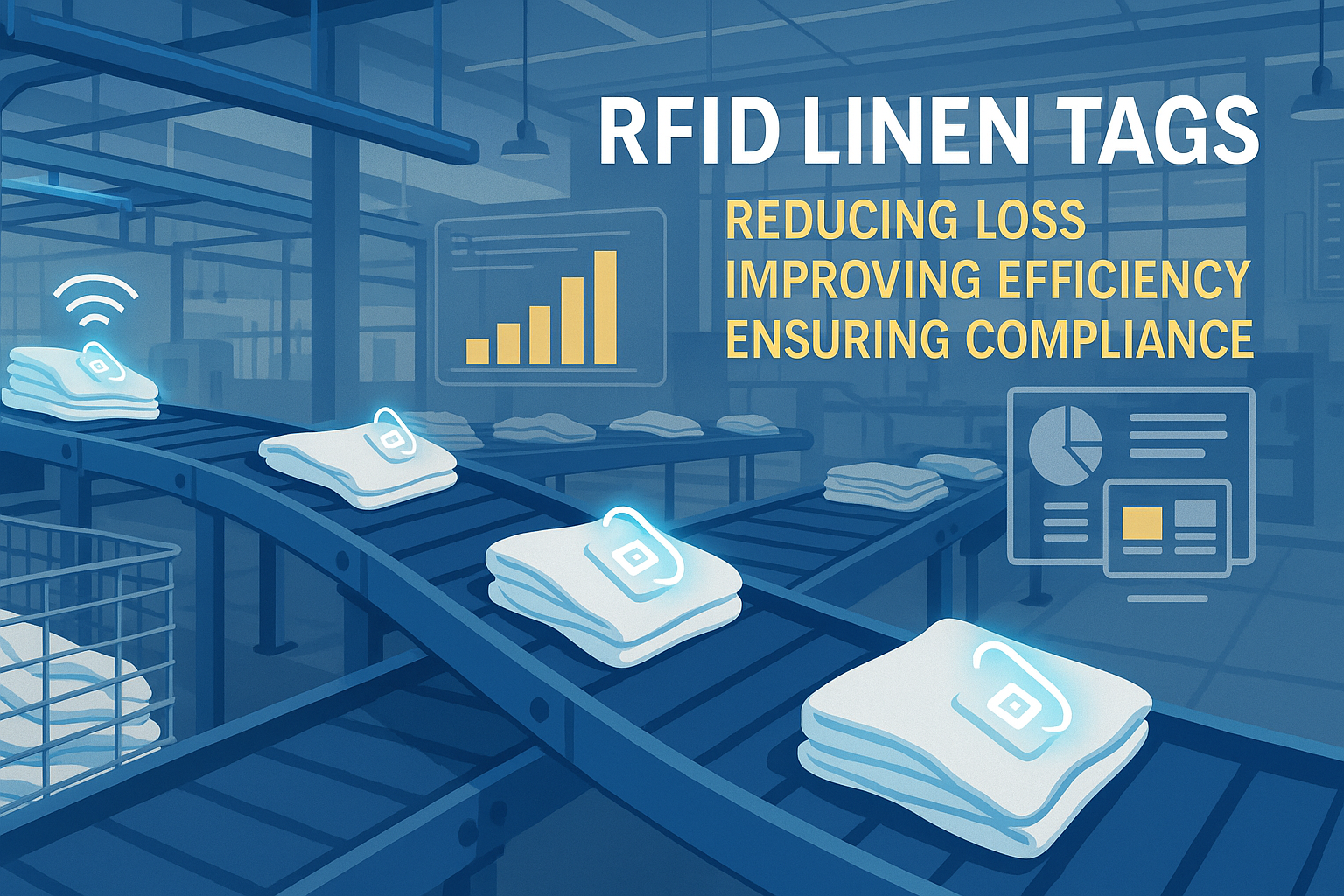
היתרונות של תגי RFID למצעים במכבסות מסחריות
ניהול כביסה בבתי חולים, בתי מלון או שירותי כביסה גדולים הוא משימה לא פשוטה. מדי יום, אלפי סדינים, מגבות ומדים מכובסים, ממוינים ונשלחים בחזרה. אך בעיות כמו אובדן מצעים, טעויות במיון וספירה ידנית עלולות לעלות לחברות הרבה כסף. לדוגמה, בתי מלון בינוניים עלולים להפסיד מעל $200,000 מדי שנה בגלל מצעים שאבדו.
זה המקום שבו תגי RFID לבדים נכנסים לתמונה.

